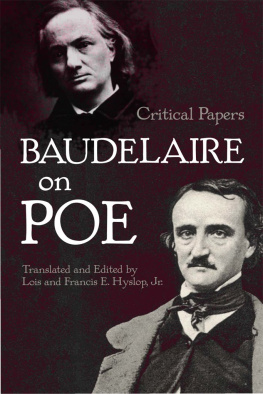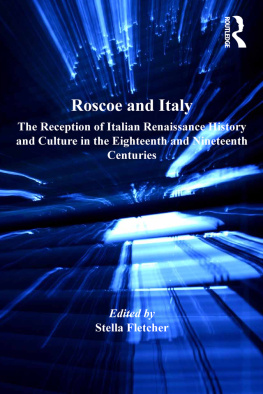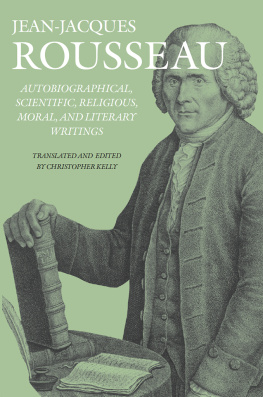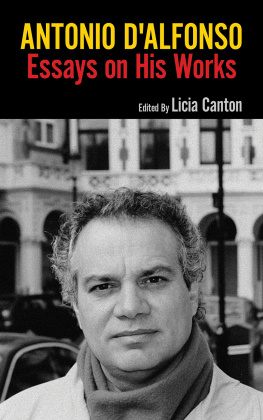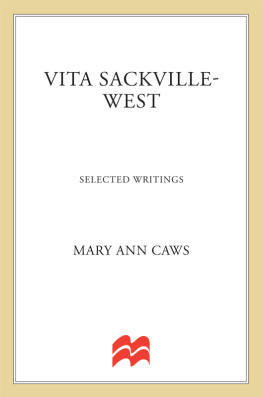The Physiology of Love and Other Writings
THE LORENZO DA PONTE ITALIAN LIBRARY
General Editors
Luigi Ballerini and Massimo Ciavolella,
University of California at Los Angeles
Honorary Chairs
Professor Vittore Branca
Honorable Dino De Poli
Ambassador Gianfranco Facco Bonetti
Honorable Anthony J. Scirica
Advisory Board
Remo Bodei, Universit di Pisa
Lina Bolzoni, Scuola Normale Superiore di Pisa
Francesco Bruni, Universit di Venezia
Giorgio Ficara, Universit di Torino
Michael Heim, University of California at Los Angeles
Amilcare A. Iannucci, University of Toronto
Rachel Jacoff, Wellesley College
Giuseppe Mazzotta, Yale University
Gilberto Pizzamiglio, Universit di Venezia
Margaret Rosenthal, University of Southern California
John Scott, University of Western Australia
Elissa Weaver, University of Chicago
The Physiology of Love
and Other Writings
PAOLO MANTEGAZZA
Edited, with an introduction and notes,
by Nicoletta Pireddu
Translated by David Jacobson

University of Toronto Press 2007
Toronto Buffalo London
www.utppublishing.com
Printed in Canada
ISBN978-0-8020-9289-2
The Lorenzo Da Ponte Italian Library
Printed on acid-free paper

Libraries and Archives Canada Cataloguing in Publication
Mantegazza, Paolo, 18311910
The physiology of love and other writings / Paolo Mantegazza; translated by David Jacobson; introduction and notes by Nicoletta Pireddu.
(Lorenzo Da Ponte Italian library series)
ISBN 978-0-8020-9289-2
1. Ethnology. I. Jacobson, David (David J.) II. Title III. Series.
GN308.3.I8M36 2007 306 C2007-904018-7
This volume is published under the aegis and with the financial assistance of: Fondazione Cassamarca, Treviso; Ministero degli Affari Esteri, Direzione Generale per la Promozione e la Cooperazione Culturale; Ministero per i Beni e le Attivit Culturali, Direzione Generale per i Beni Librari e gli Istituti Culturali, Servizio per la promozione del libro e della lettura.
Publication of this volume is assisted by the Istituto Italiano di Cultura, Toronto.
University of Toronto Press acknowledges the financial assistance to its publishing program of the Canada Council for the Arts and the Ontario Arts Council.
University of Toronto Press acknowledges the financial support for its publishing activities of the Government of Canada through the Book Publishing Industry Development Program (BPIDP).
Contents
Acknowledgments
Grazie to Professors Luigi Ballerini and Massimo Ciavolella for thinking my enthralment with Mantegazzas works could turn into a volume of the Da Ponte Italian Library, and for giving me the chance to share this journey into the kaleidoscopic world of Mantegazza with a splendid translator like David Jacobson. From him I learned a great deal about the craft of writing and the subtle art of le mot juste. I deeply appreciate Ron Schoeffels encouraging comments on the manuscript, and the anonymous readers favourable responses and wise suggestions. I wish to thank Professor Kumaraswamy Velupillai for his generous input on things Indian, Professor Axel Leijonhufvud and Dr Earlene Craver for their valuable information about Scandinavian culture, Professor Charlotte Bruun for her prompt feedback on Danish spelling, Professor Mak Paranjape for his enlightening explanation of Mantegazzas physical and pataphysical terms, and Dr Esteban Vesperoni for sharing his expertise on Argentinian flora and fauna. A special recognition of all those colleagues and friends who patiently endured questions on rivellenti, in particular Drs Laura Luna, Francesco Luna, Marina Natale, Andrea Natale, and Domenico Natale. My thanks to the staff of Lauinger Library at Georgetown University, for their help with my endless requests for interlibrary loans, as well as to the librarians of the Anthropology Section of the Biblioteca di Scienze and of the Museum of Natural History at the University of Florence, in particular Drs Maria Emanuela Frati and Maria Gloria Roselli. I wish to dedicate this work to little Ilaria Michelle, who, with her liveliness and cheerfulness, seems to have already learned the Mantegazzian arte di essere felici.
NICOLETTA PIREDDU
The Physiology of Love and Other Writings

Introduction Paolo Mantegazz: A Scientist and His Ecstasies
An optimist has died, a great and unrelenting optimist who had his glory days, and who, many many years ago, inaugurated in Italy a form of literature that wanted to make science popular. A physician has died, a physiologist, a writer who believed in happiness. For both novice readers and connoisseurs of Paolo Mantegazza, this eulogy one of the many commemorating the decease of the father of Italian anthropology captures the professional and personal qualities that make this intellectual unique and memorable.
Curiously, whether written in 1910 on the occasion of Mantegazzas death or throughout his long, productive, and exciting life, the numerous portraits of this singular figure of late nineteenth-century Italian culture could not help incorporating in their own tone the exuberance and magniloquence that are the hallmarks of their subject. Angelo De Gubernatis, for instance, praised the liveliness
Likewise, an 1893 article by Frederick Starr in Popular Science Monthly, written to prepare the ground for Mantegazzas visit to the United States, offered a sketch of a pioneering scholar distinguished for something more than the attractive subjects of his investigations and books. For Starr, to read Mantegazzas work was to gain a wonderful insight into the Italian mind and into the Italian mode of thought and expression.
But granted that Mantegazza was not a half-tone figure, what still makes him stimulating a century after his own death, despite the slatings and the oblivion that followed his triumph? His very eclecticism, one could venture to claim. The spices in his texts are his word and his pen to quote his fellow anthropologist Giuseppe Sergi together with that lack of specialization that made him a much extolled and equally vituperated Renaissance man, not always methodologically rigorous but certainly always brave and brilliant in his contributions to a surprising variety of scientific and humanistic fields. Mantegazzas extraordinary blend of pioneering intuitions and absurdly dated viewpoints effectively maps the circulation of ideas and the cross-fertilization of disciplines in a complex and contradictory period of Italian and European cultural life, in which the positivist cult of the true merges with the irrational and emotional impulses of the fin de sicle.
Mantegazza marked the cultural history of the newly unified Italy not only with more than a hundred works ranging from treatises on craniology and physiognomy to handbooks on the hygiene of love, personal journals, and science fiction (some of which were put on the Index of Ten years later he set up and occupied the first chair of anthropology in Florence (also the first in Europe), and created the National Museum of Anthropology and Ethnology, the Italian Society of Anthropology, and the journal Archivio per lantropologia e letnologia, which has remained the official publication of the Society ever since. The first president of the Italian Photographic Society, Mantegazza was one of the first in the world to utilize and promote photography for anthropological research. And if his strictly scientific works addressed only a selected circle of scholars, the Hygienic Almanacs serial publications he founded and edited for almost thirty years were meant to reach out specifically to common people in order to improve their sanitary conditions and to draw attention to health as a collective rather than an individual concern. As director of the Marine Hydrotherapy Institute of Rimini on the Adriatic Sea from 1869 to 1879 and a consultant for the bathing establishment, he initiated Italy to the therapeutic and leisure potentialities of the beach resort, thereby inaugurating the fashion for seaside holidays.
Next page

